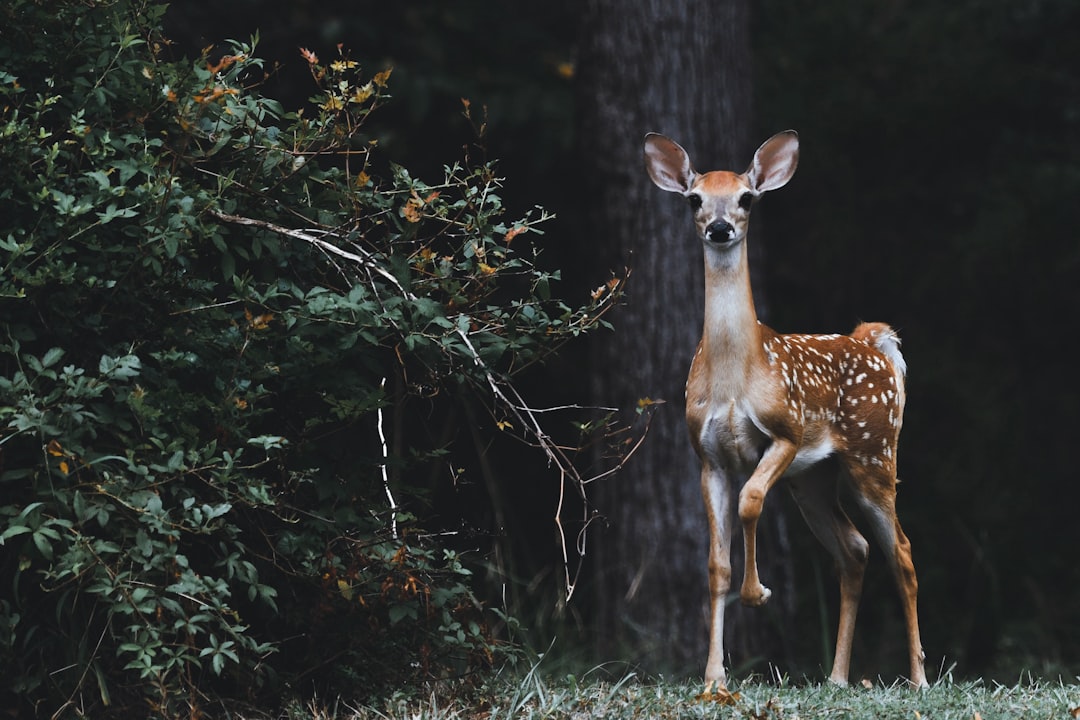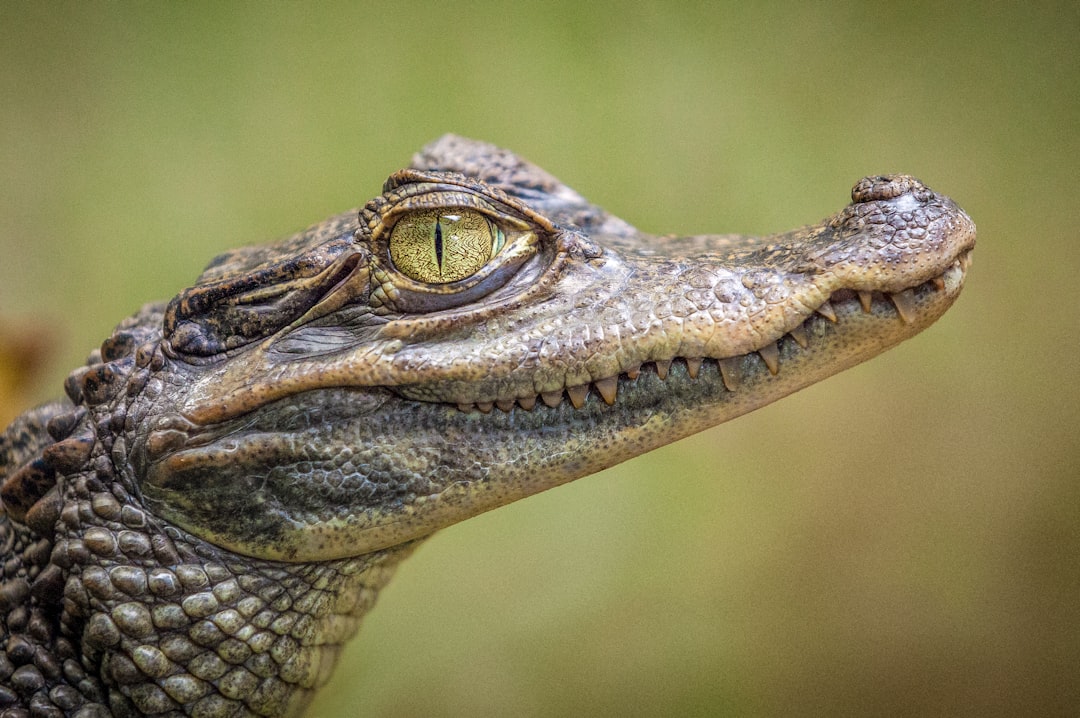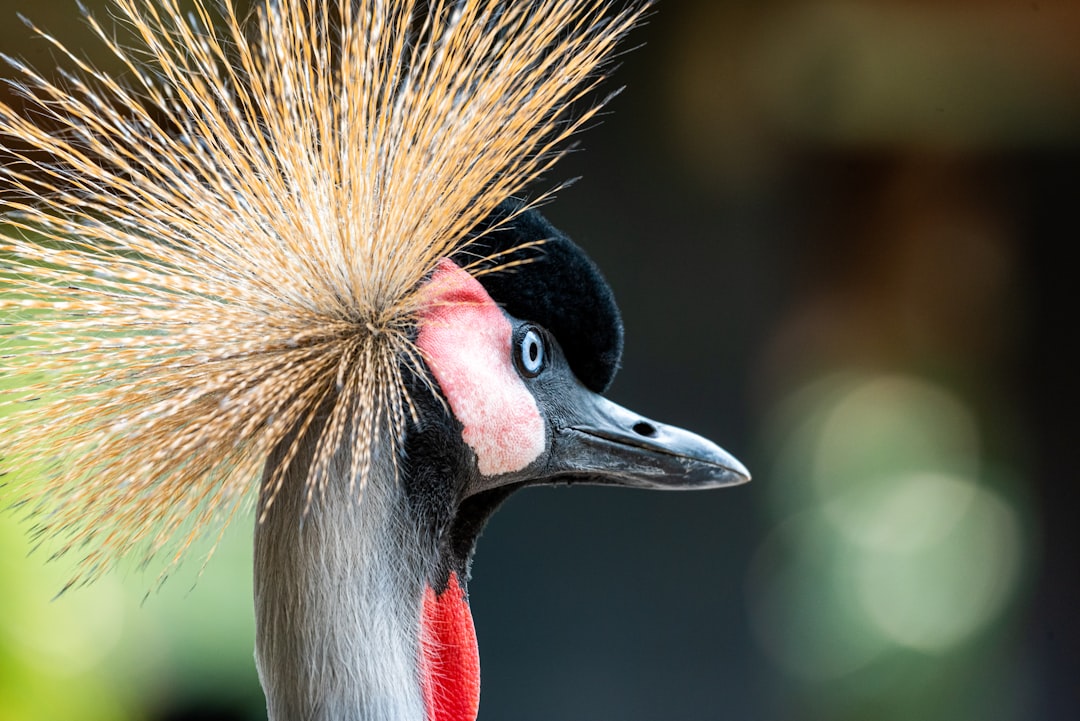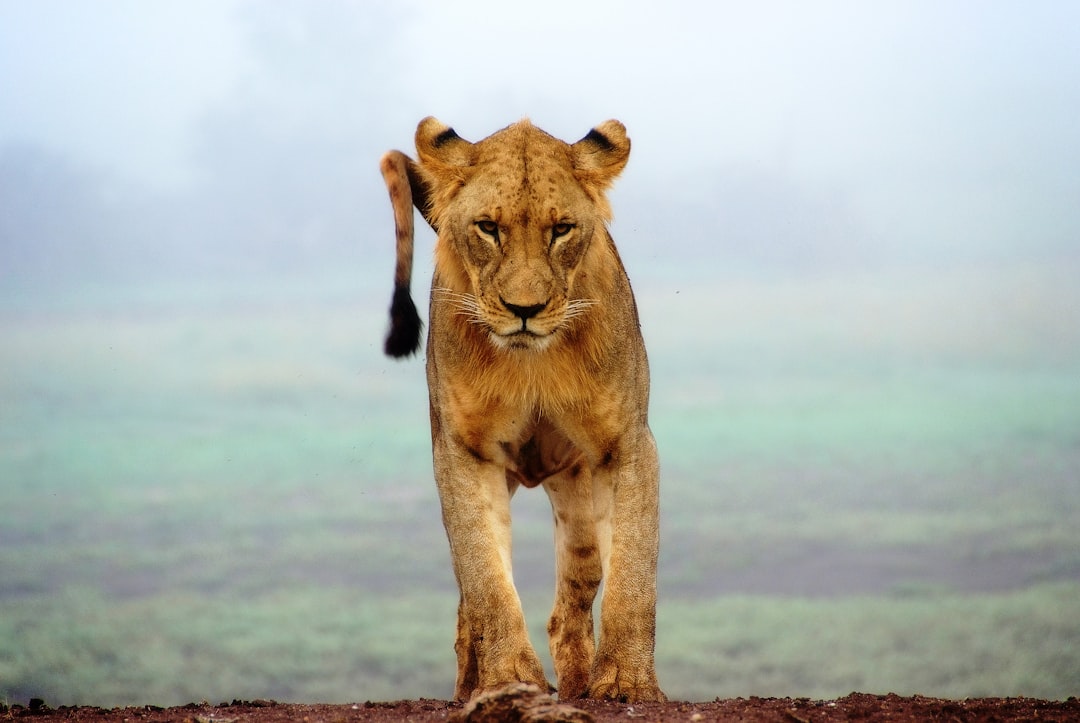Animals have long been a source of fascination for humans. From their unique physical abilities to their complex social structures, there is always something new to learn about our furry, feathered, and scaly friends. But one aspect of animals that often goes overlooked is their emotions.
While it may be easy to assume that animals simply operate on instinct, research has shown that they are capable of experiencing a wide range of emotions, from joy and love to fear and grief. In this article, we will delve into the world of animal emotions and explore why understanding them is crucial for our relationship with these creatures.
The Importance of Recognizing Animal Emotions

For many years, the idea of animals having emotions was dismissed as anthropomorphism – the attribution of human characteristics to non-human entities. However, as scientific research has advanced, it has become clear that animals are capable of experiencing emotions in a similar way to humans.
Recognizing and understanding animal emotions is crucial for several reasons. Firstly, it allows us to better care for and understand the needs of animals in captivity. By recognizing when an animal is experiencing stress, fear, or boredom, we can make changes to their environment to improve their well-being.
Secondly, understanding animal emotions can help us to build stronger relationships with our pets and other animals we interact with. By recognizing their emotions, we can better respond to their needs and communicate with them effectively.
Finally, understanding animal emotions can also help us to better understand our own emotions. As humans, we often see ourselves as separate from the animal kingdom, but by recognizing that animals experience emotions similar to our own, we can gain a deeper understanding of our own emotional experiences.
The Range of Animal Emotions
While it may be easy to assume that animals only experience basic emotions such as fear and aggression, research has shown that they are capable of experiencing a much wider range of emotions.
Joy and Love

One of the most heartwarming emotions that animals can experience is joy and love. Many pet owners can attest to the fact that their furry companions are capable of showing love and affection towards them. Studies have shown that animals, particularly mammals, have the same brain structures and hormones associated with love and bonding as humans do.
Fear and Anxiety
Just like humans, animals can also experience fear and anxiety. This can be triggered by a variety of factors, such as loud noises, unfamiliar environments, or perceived threats. In the wild, fear and anxiety can help animals to survive by triggering the fight or flight response. However, in captivity, these emotions can lead to stress and behavioural issues if not properly addressed.
Grief and Loss

One of the most surprising emotions that animals can experience is grief and loss. Studies have shown that animals, particularly social species like elephants and primates, can experience intense grief and even depression when they lose a member of their group. This is a testament to the strong emotional bonds that animals can form with one another.
How to Recognize Animal Emotions
While animals may not be able to verbally communicate their emotions, there are still ways to recognize and understand how they are feeling.
Body Language

Animals, like humans, use body language to communicate their emotions. For example, a dog wagging its tail is often a sign of happiness and excitement, while a cat with its ears flattened against its head may be feeling fearful or defensive. By observing an animal’s body language, we can gain insight into their emotional state.
Vocalizations
Many animals also use vocalizations to communicate their emotions. For example, a dog’s bark can indicate excitement, fear, or aggression, depending on the tone and context. Similarly, a cat’s purr can indicate contentment or stress. By paying attention to an animal’s vocalizations, we can better understand their emotional state.
Context

Finally, understanding the context in which an animal is behaving can also give us insight into their emotions. For example, if a dog cowers and hides during a thunderstorm, it is likely to experience fear and anxiety. If a cat is hissing and swatting at a stranger, it may be feeling defensive and threatened. By considering the context of an animal’s behaviour, we can better understand their emotions.
The Role of Animal Crossing in Understanding Emotions

One surprising way that people are learning about animal emotions is through the popular video game Animal Crossing. In this game, players interact with anthropomorphic animals who have distinct personalities and emotions. By playing the game, players can gain a deeper understanding of how animals may experience emotions and how to interact with them in a meaningful way.
Conclusion
Animals are complex creatures with a wide range of emotions. By recognizing and understanding their emotions, we can better care for them, build stronger relationships with them, and gain a deeper understanding of our own emotions. Whether through scientific research, observation, or even video games, it is clear that understanding animal emotions is crucial for our relationship with these amazing creatures.


